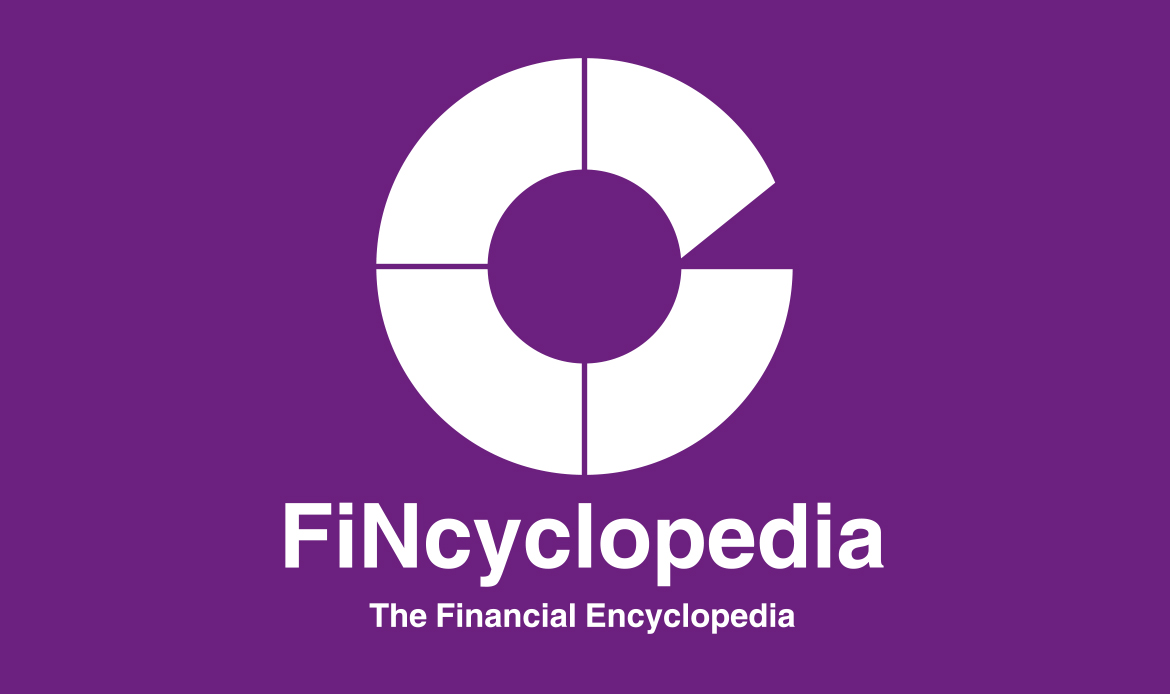An electronic trading system that uses sophisticated algorithms to transmit orders in real time and optimally and automatically match buyers and sellers of securities at specified prices. This system facilitates trading of financial instruments without going through exchanges. Investors can be connected directly to brokerage houses, rather than having to process orders through a middle man. The first alternative trading system, Instinet, was established in 1969 to provide a block crossing capability for institutional investors and other large investors. Initially, it offered a facility to enable large institutional block orders to be processed directly between institutions, without the intervention of market makers or specialists.
The main products that are traded on such systems are stocks and forex. Alternative trading systems boost market efficiency by lowering transaction costs, allowing round-the-clock access to order books and matching buy and sell orders after trading hours.
Users of these systems (often called subscribers), such as institutional investors, brokers-dealers, and market-makers,, can place orders and transact trades directly. However, individual investors are typically required to have an account with a subscribed broker-dealer in order to have their orders routed to a network for execution. Alternative trading systems post orders on their platforms for all subscribers to see and find. Once a buyer and a seller are available for a specific transaction, the network will automatically match orders and initiate execution. If a network has no sell order (or buy order) to match with a buy order (or sell order), it may direct the order to another market center for matching and execution.
Alternative trading system is also known as liquidity pool. Sometimes, it is also referred to as electronic communication network (ECN) or alternative trading network.




